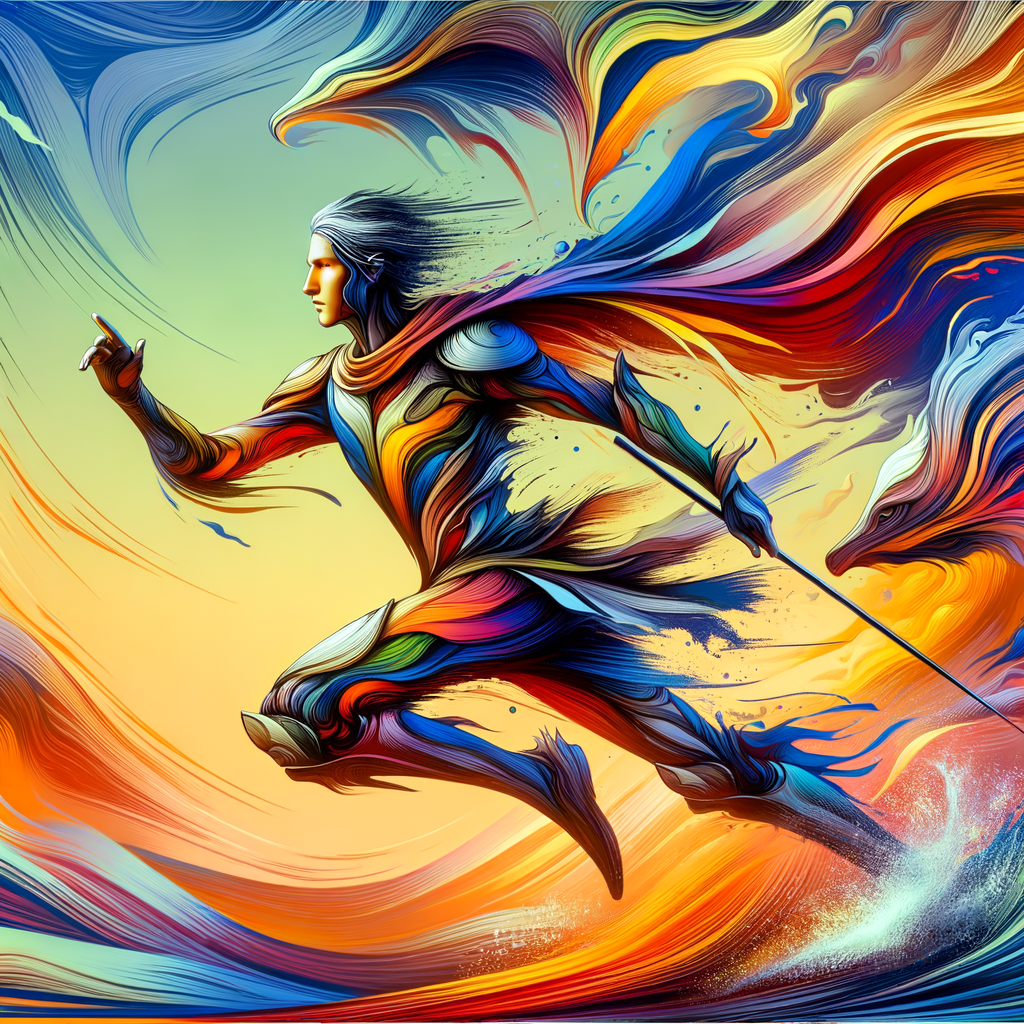
Creating dynamic characters in digital art is a rewarding yet challenging task that requires a deep understanding of anatomy, movement, and artistic expression. This article will guide you through essential techniques and tips to help you breathe life into your characters, making them not just visually appealing but also relatable and engaging. Whether you're a beginner looking to enhance your skills or a seasoned artist seeking new insights, this comprehensive guide will cover everything you need to know about dynamic character design.
Characters are the backbone of storytelling in both traditional and digital art forms. To effectively convey emotions, personality, and action, artists must master the fundamentals of character design, particularly in the realm of digital art. Here, we will delve into various techniques for creating dynamic characters, starting from the foundational elements of anatomy and movement to advanced tips that will help you refine your artistic style.
Understanding Anatomy
Anatomy is the study of the structure of living organisms, and for artists, a strong grasp of anatomy is crucial for creating believable characters. Understanding both human and animal anatomy provides a foundation for portraying accurate proportions, movements, and interactions.
1. Study Real-Life Anatomy: Start by examining the human body and its skeletal structure. Reference materials, such as anatomy books, online resources, and life drawing sessions, help build your knowledge. Pay attention to how muscles work together and how they influence the overall silhouette of your character.
2. Focus on Proportions: Proportionality is vital in character creation. The classic proportion of the human figure is about 7.5 heads tall, but this can vary based on your character style. Cartoony figures can use exaggerated proportions, while realistic characters should adhere more closely to real-life measurements.
Exploring Movement
Movement is essential for bringing your characters to life. Understanding how to depict motion accurately opens new possibilities for expressing emotions and actions.
1. Study Motion: Observe how people and animals move in space. Pay attention to the balance, weight, and direction of movement. Use video references or take your own footage to analyze body mechanics in motion.
2. Animating Your Characters: Even though you might be creating still images, think of your character as if they were animated. Sketch out action poses that convey energy and dynamism, emphasizing strong lines of movement.
Character Design Tips
Once you have a solid understanding of anatomy and movement, it's time to focus on designing your character's unique features and personality.
1. Establish a Silhouette: The silhouette of your character should be recognizable even in a solid color. Play with shapes and forms that convey the essence of your character. A strong silhouette enhances visual appeal and helps with instant recognition.
2. Express Emotions: Characters need to evoke emotions. Use facial expressions and body language to tell a story. Different poses can communicate happiness, anger, fear, or confidence at a glance.
3. Experiment with Costuming: Clothing can tell a lot about a character. Choose outfits that reflect their personality, background, and the world they inhabit. Don't hesitate to break conventional rules – creativity often thrives on breaking boundaries!
Practice Techniques
As with any skill, practice is paramount in mastering character design. Here are a few exercises to develop your abilities:
1. Gesture Drawing: Spend time on quick gesture sketches to capture movement and form. Allocate about 30 seconds to 2 minutes per sketch to encourage fluidity and spontaneity.
2. Character Thumbnails: Create multiple thumbnails for your character from different angles and poses. This exercise helps you explore various design options before committing to a final concept.
3. Iterative Design: Always iterate. Your first character design won’t be your best. Choose characteristics, colors, and poses that feel right but leave room for improvement. Ask for feedback from peers or online communities.
Using Digital Tools
Digital platforms offer a wide array of tools to enhance your character designs. Familiarize yourself with software like Adobe Photoshop, Procreate, or Clip Studio Paint, utilizing their features to your advantage.
1. Brush Techniques: Understanding various brush settings can significantly influence the style and feel of your artwork. Custom brushes can simulate different textures and strokes, adding depth to your character.
2. Layer Management: Get comfortable with using layers to create dynamic compositions. Keep your sketches, line art, and colors organized to facilitate easier adjustments throughout your workflow.
3. Color Theory: Applying strong color theory will enhance the emotional impact of your characters. Experiment with color harmonies, shadows, and highlights to create dimension and attractiveness.
Conclusions
Creating dynamic characters in digital art involves a blend of study, practice, and exploration. By understanding the fundamentals of anatomy and movement, refining your design techniques, and utilizing digital tools effectively, you can elevate your character designs and captivate your audience. Remember, the more you practice and experiment, the more you’ll refine your unique artistic style. So, pick up your stylus and start bringing your characters to life!

